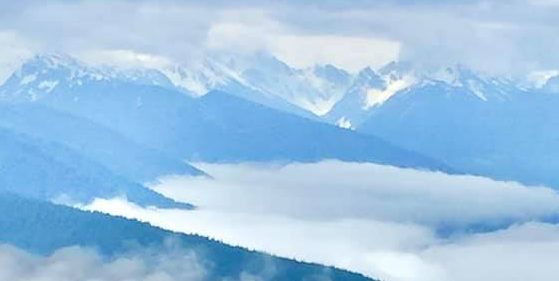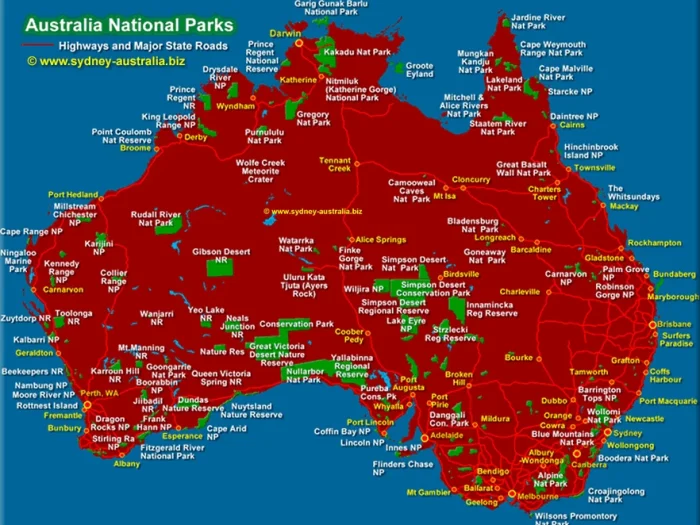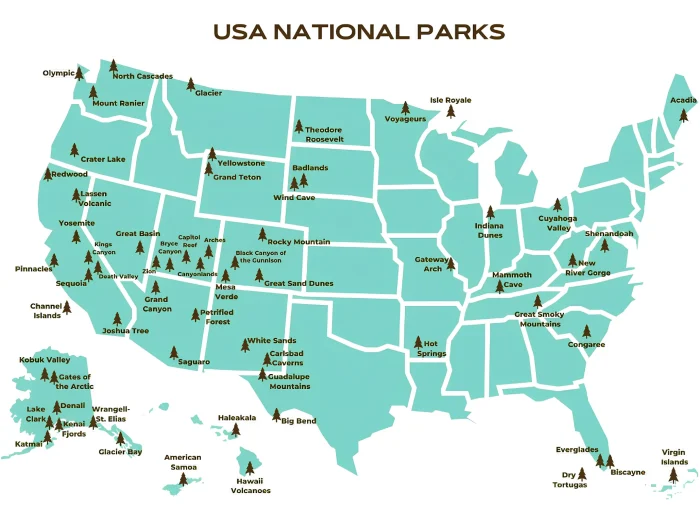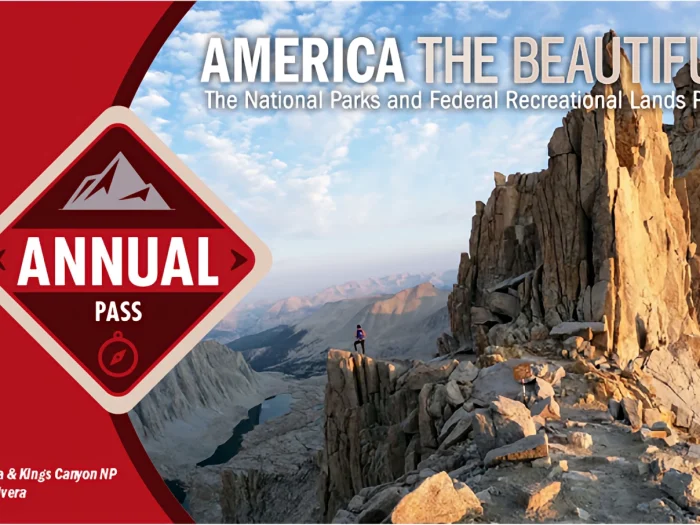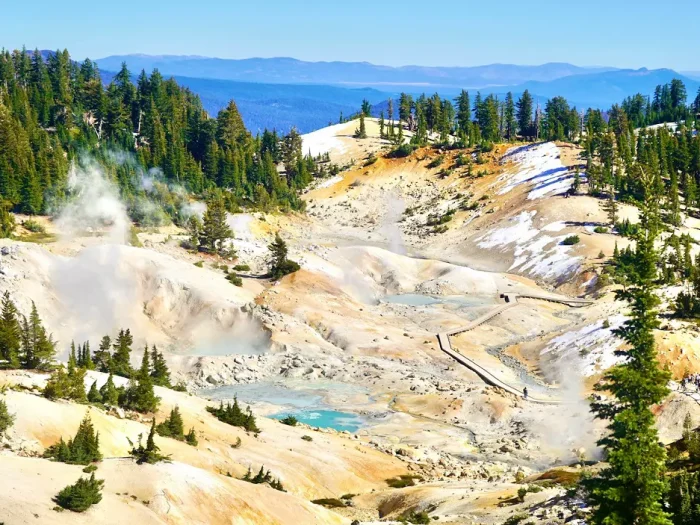How to Prepare Your Vehicle for a National Park Adventure
There’s nothing quite like the thrill of a road trip to one of America’s national parks. From winding mountain roads to sweeping desert landscapes, the journey itself often becomes as memorable as the destination. But before you pack your bags and set your GPS, it’s worth asking: is your vehicle truly ready for the adventure?
Preparing your car before you head into rugged terrain or remote areas is more than a precaution, it’s the key to making sure your trip is safe, comfortable, and stress-free. Here’s a guide to getting your vehicle road-trip ready so you can focus on the breathtaking scenery and unforgettable moments that await.
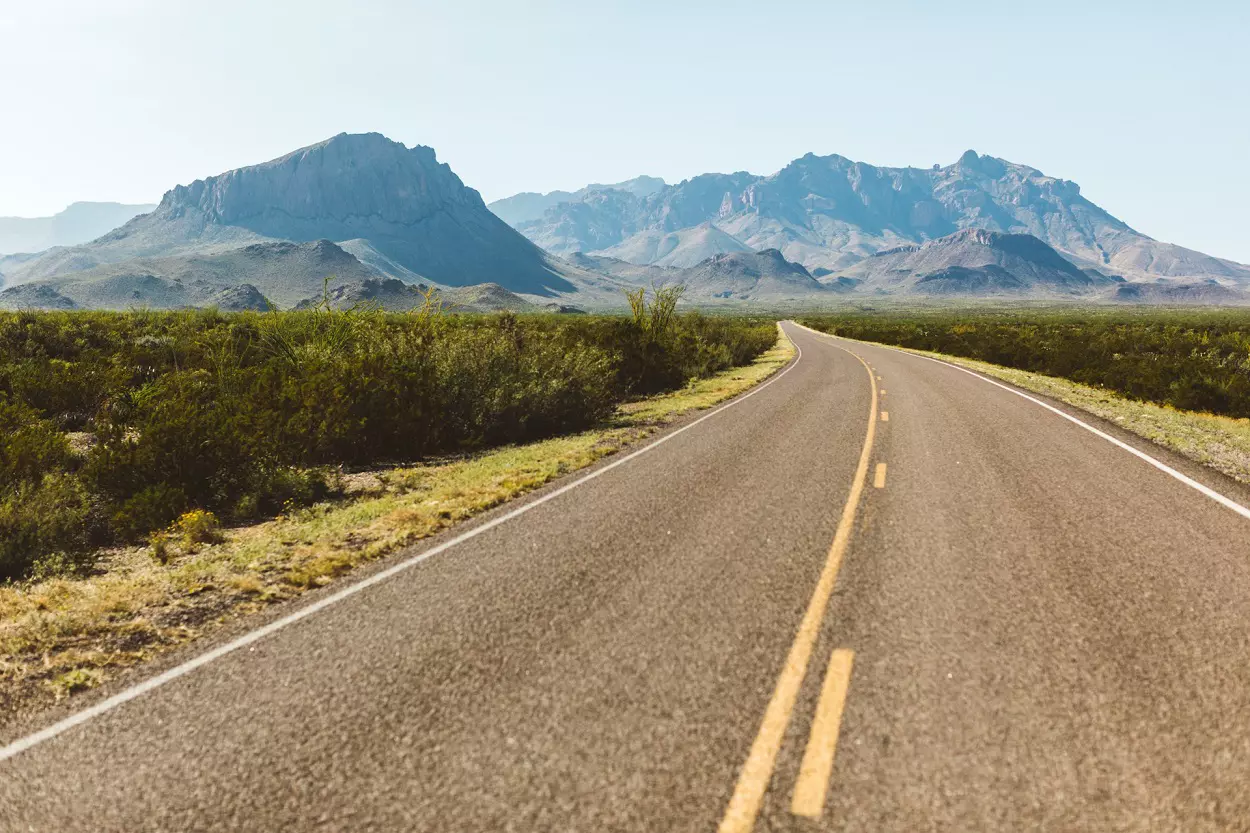
1. Give Your Vehicle a Thorough Checkup
Think of your car as your most important piece of gear. Just as you wouldn’t head out on a hike without checking your boots and supplies, you shouldn’t set off for a national park without making sure your vehicle is in top condition.
Schedule a routine check-up with your mechanic a week or two before your trip. Ask them to inspect:
- Oil and filters – An oil change before a long drive helps your engine perform at its best.
- Brakes – Ensure they’re responsive, as many park roads involve steep grades and winding turns.
- Tires – Check both pressure and tread depth; don’t forget to inspect the spare.
- Fluids – Transmission, coolant, brake, and windshield washer fluids should all be topped up.
- Lights and wipers – Make sure you’ll be prepared for sudden storms or nighttime driving.
A roadside kit is also a must-have. Pack jumper cables, a jack, reflective triangles, and a flashlight so you’re prepared for the unexpected.
2. Pack the Essentials for Safety and Comfort
The open road is full of possibilities, but it’s also full of unknowns. That’s why a well-stocked car can make all the difference when you’re hours away from the nearest gas station.
Here are a few essentials every road-tripper should pack:
- Emergency supplies: first-aid kit, flashlight with extra batteries, tire sealant, and multi-tool.
- Basic comforts: blankets, reusable water bottles, healthy snacks, and phone chargers.
- Park-specific items: bug spray, sunscreen, maps (in case your GPS cuts out), and extra layers for changing weather.
A cooler is another road-trip staple. It keeps food fresh, saves money, and ensures you won’t have to rely on overpriced roadside stops.
3. Plan for Navigation and Connectivity
One of the charms of national parks is their remote beauty. But that also means limited or no cell service in many areas. Planning ahead for navigation is essential.
- Download offline maps through apps like Google Maps or AllTrails before your trip.
- Bring a paper road atlas as backup. It may feel old-fashioned, but it’s invaluable when technology fails.
- Use park-specific apps for trail guides, visitor center hours, and safety alerts.
Being prepared helps you stay on course and prevents frustration when the signal drops at the worst possible moment.
4. Organize Your Gear for Adventure
If you’ve ever pulled over to the side of the road and dug through bags just to find bug spray, you know the importance of organized packing.
- Use roof racks or cargo carriers for bulky camping or hiking gear.
- Keep emergency supplies within easy reach instead of at the bottom of the trunk.
- Organize smaller items with bins or bags so you’re not rummaging through a messy pile.
Efficient packing not only saves time but also makes your car feel like a basecamp on wheels, ready for whatever the day brings.
5. Budget for the Journey
National park trips can be surprisingly affordable, but costs add up quickly if you don’t plan ahead. In addition to gas and food, factor in:
- Park entrance fees (or consider an annual pass if you’ll visit multiple parks).
- Campsite or lodging costs, which vary by park and season.
- Unexpected expenses, such as minor car repairs or last-minute supplies.
A little financial foresight goes a long way toward keeping your trip stress-free. Some travelers also take this time to review their vehicle protection. Many find it helpful to do an online car insurance comparison before a long trip to ensure they’re getting the right coverage at the best rate. After all, peace of mind on the road is priceless.
6. Know the Rules and Regulations
Each national park has its own set of guidelines designed to keep visitors safe and preserve the environment. Familiarize yourself with the rules before you go.
- Driving rules: Speed limits are often lower in parks to protect wildlife and visitors.
- Vehicle restrictions: Some scenic routes have length or height limits, especially for RVs.
- Camping guidelines: Many parks require reservations and have specific rules about where you can park overnight.
Remember to follow Leave No Trace principles: pack out what you pack in, stay on designated roads, and respect the natural environment.
7. Test Run and Final Prep
A few days before your big adventure, do a short test run in your vehicle while it’s fully packed. This helps identify any issues with handling, visibility, or organization before you’re hours away from home.
Double-check all essential documents:
- Driver’s license and vehicle registration
- Insurance information
- Park passes or reservations
Finally, do one last walkthrough of your packing list. It’s always the smallest things, like matches, batteries, or sunscreen, that make the biggest difference once you’re on the road.
Conclusion
Heading out to a national park is about more than the miles you drive, it’s about the memories you create along the way. Preparing your vehicle ensures that the journey is as enjoyable as the destination. With a little planning, you can swap roadside stress for mountain views, and flat tires for trailhead triumphs.
So before you load up your playlist and hit the highway, take the time to give your vehicle the care and attention it deserves. Because when your car is ready, you’re free to focus on what matters most: the adventure waiting beyond the park gates.
Quick Checklist: Vehicle Prep for Your National Park Road Trip
Before You Go:
- Oil change & fluid top-up
- Brake check & tire inspection (don’t forget the spare!)
- Lights, wipers, and battery tested
Emergency Kit:
- First-aid kit & flashlight
- Jumper cables & roadside tools
- Water, snacks, and blankets
Navigation & Safety:
- Download offline maps
- Bring a paper atlas backup
- Review park driving & camping rules
Final Prep:
- Pack documents (license, registration, insurance, park passes)
- Test drive with full load
- Double-check essentials (chargers, bug spray, sunscreen)
